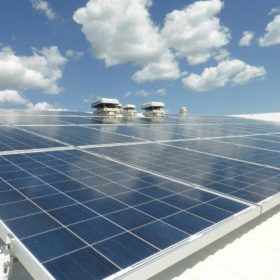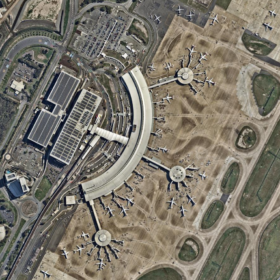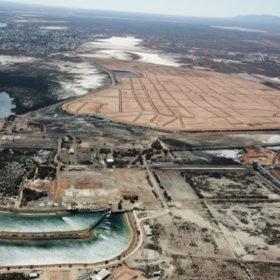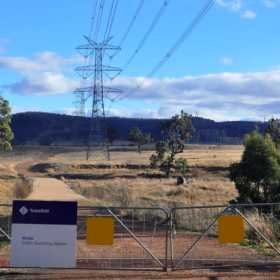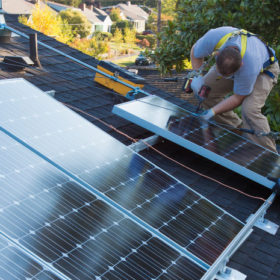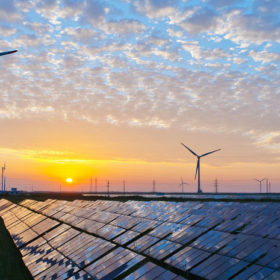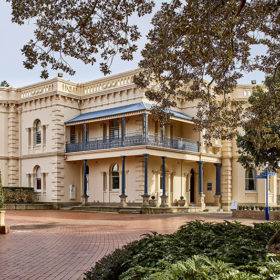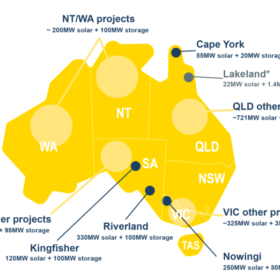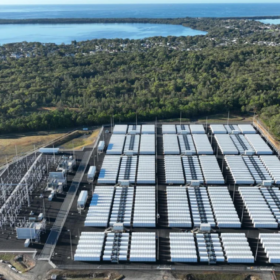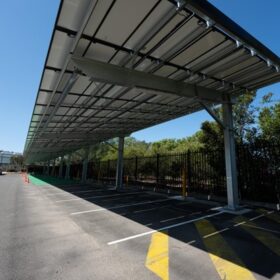Rack ’em up: Another Riverina solar farm approved
A large-scale ESCO Pacific-championed solar project has received NSW Government approval, bringing to 26 the number of solar farms given the green light by the State since 2017. That’s another 100 MW towards the NSW goal of more than 10 GW of renewables by 2021.
Regis Aged Care to install solar across 17 sites
One of the major providers of aged care in Australia has turned to solar PV and LED lighting to reduce its environmental footprint and energy costs.
Brisbane welcomes Australia’s largest airport PV installation
With a capacity of 5.725 MW, the solar array spread across Brisbane Airport is Australia’s largest commercial and industrial PV system to be installed at an airport site.
Final curtain falls on South Australia’s coal-fired era
South Australia’s coal-fired electricity industry is in its final chapter with the sale of the 65-year-old Port Augusta power station site expected to reach settlement by the end of the month.
400 MW Wollar Solar Farm Project moves forward
With the submission of its Environmental Impact Statement (EIS) report to the NSW Department of Planning and Environment (DP&E) this month, the massive Wollar Solar Farm project in NSW is edging closer to becoming a reality.
CEFC to allocate up to $95 million for solar-powered, energy efficient homes in NSW
The Australian government’s green bank continues to invest in energy efficient homes for low income families with a new funding granted for solar and battery-powered dwellings in regional New South Wales.
The U.S. surpassed 2 million solar installations
The first million took 40 years, the second million took two years and the third million will arrive two years from now.
Solar transforms NEM supply mix displacing coal
The latest figures from the Australian Energy Market Operator (AEMO) show that solar continues to eat into the share once firmly held by coal on the back of a dramatic increase in installations over the past 12 months. The trend was backed by energy storage facilities which continued to gain foothold as providers of frequency control and ancillary services, lowering overall costs in the first quarter of 2019.
NSW school pioneers renewable PPA to cut power bills
Echoing a growing appetite for corporate renewable power purchase agreements in Australia, Ascham School has become the first school in New South Wales to ink a long-term deal with commercial electricity retailer Flow Power.
Lyon Group places solar and battery storage units into administration
The Brisbane-based solar and storage developer has placed Lyon Solar, Lyon Battery Storage and Lyon Infrastructure Investments 1 into voluntary administration after being embroiled in a court case over a wind up notice issued by one of its investors.

